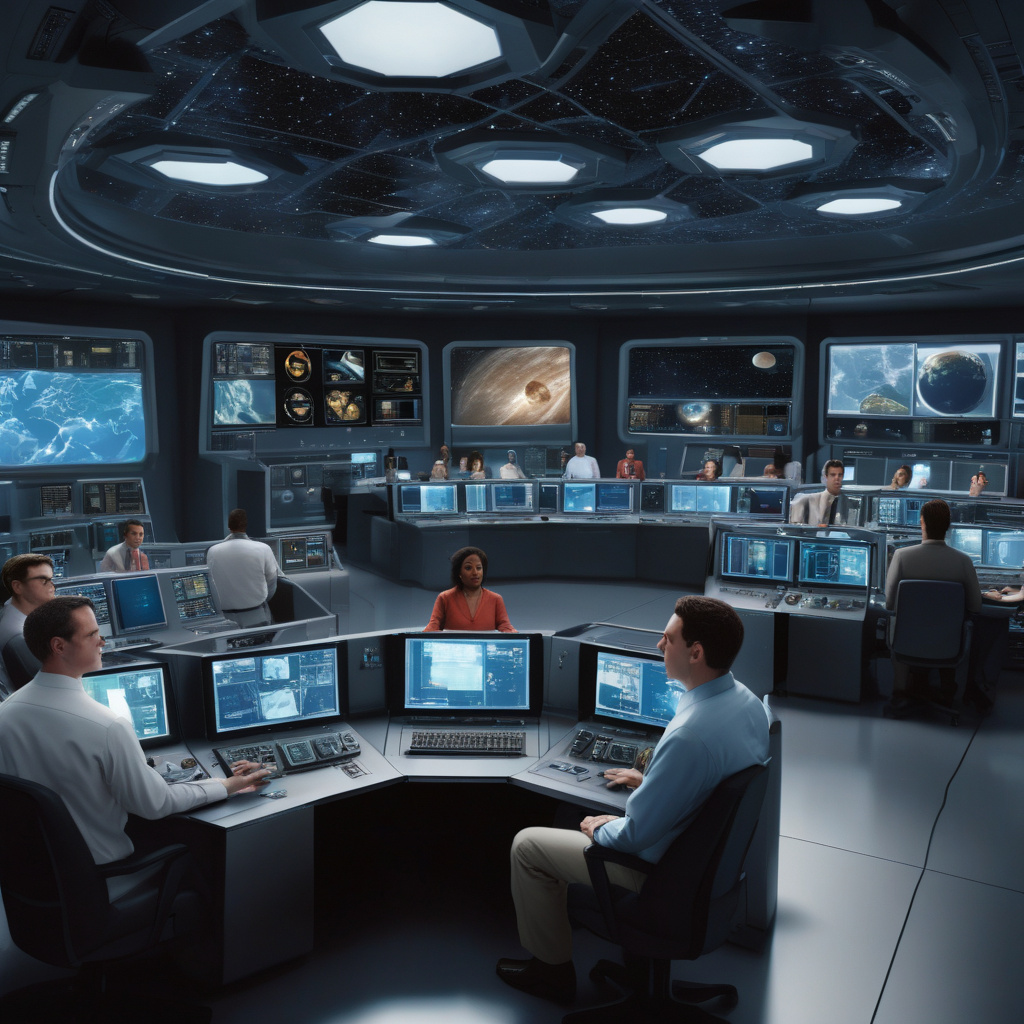In the realm of IT operations, a fascinating shift is underway, drawing parallels to the complexities of space travel. As technology continues its relentless march forward, the similarities between managing IT infrastructure and navigating the vastness of space become increasingly apparent. This evolution is not merely a coincidence; it stems from the shared challenges of pushing boundaries, exploring the unknown, and ensuring seamless operations in the face of adversity.
One key aspect of this comparison lies in the concept of complexity. Just as astronauts must contend with a myriad of variables in space, IT professionals face a growing array of interconnected systems, applications, and data flows. Managing this intricate web of technology requires a level of precision and attention to detail akin to plotting a course through the stars. Any misstep could have far-reaching consequences, underscoring the need for meticulous planning and execution in both space missions and IT operations.
Moreover, the need for real-time monitoring and decision-making has never been more critical in the IT landscape. Much like astronauts relying on constant communication with ground control, IT teams must have instant visibility into their systems to detect anomalies, troubleshoot issues, and make split-second decisions to avert potential disasters. This emphasis on agility and responsiveness mirrors the dynamic nature of space travel, where unforeseen challenges can arise at any moment.
In the quest for innovation, both space exploration and IT operations demand a forward-thinking mindset. Just as space agencies push the boundaries of scientific discovery, IT organizations must continuously adapt to emerging technologies, trends, and threats. Embracing innovation is not just a choice but a necessity in an environment where stagnation can lead to obsolescence. By fostering a culture of experimentation and learning, IT professionals can stay ahead of the curve and chart new frontiers in technology, much like their counterparts in space exploration.
Furthermore, the notion of resilience is a common thread that runs through both space travel and IT operations. In space, astronauts must overcome extreme conditions and technical failures to ensure their survival. Similarly, IT teams must build robust systems that can withstand cyberattacks, hardware malfunctions, and natural disasters without compromising the integrity of their operations. This resilience is not just about bouncing back from setbacks but about designing systems that can adapt and thrive in the face of adversity.
As we look to the future, the convergence of IT operations and space travel presents a compelling narrative of human ingenuity and technological advancement. By recognizing the parallels between these seemingly disparate fields, we gain valuable insights into how to navigate the complexities of modern IT infrastructure with the same precision and foresight as a space mission. Ultimately, by embracing the challenges and opportunities that come with this analogy, IT professionals can elevate their practices to new heights and boldly go where no organization has gone before.
In conclusion, the similarities between modern IT operations and space travel are more than mere coincidence—they reflect the shared principles of complexity, real-time monitoring, innovation, and resilience that underpin both endeavors. By drawing inspiration from the pioneering spirit of space exploration, IT professionals can harness the power of technology to reach new frontiers and shape the future of digital innovation. Just as astronauts look to the stars with wonder and curiosity, so too can IT professionals gaze towards a horizon of endless possibilities, guided by the lessons of space travel in their quest for technological excellence.

